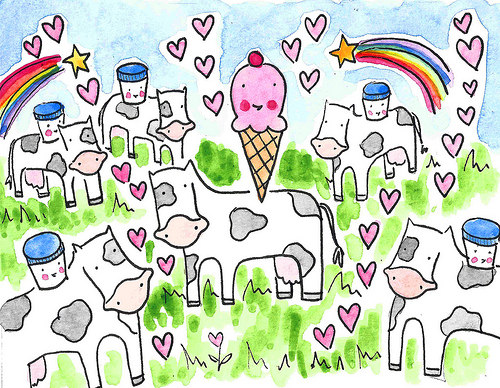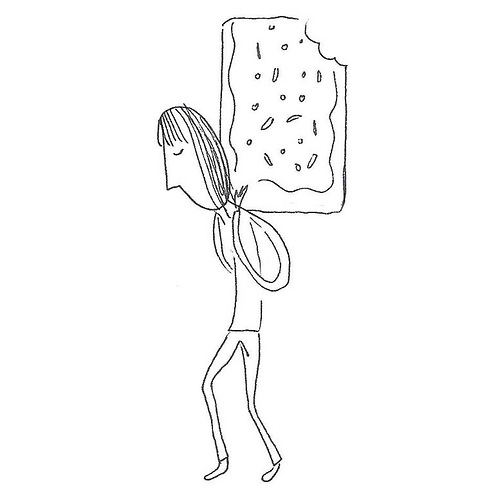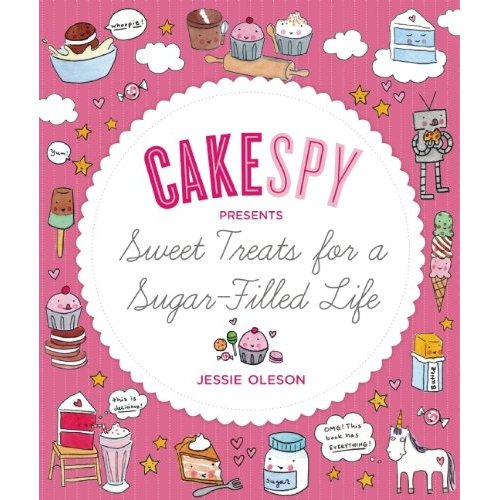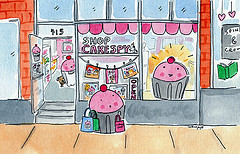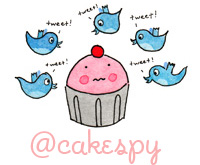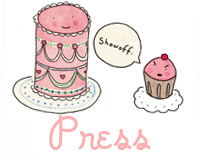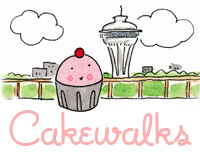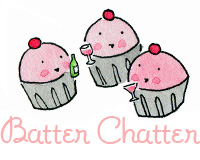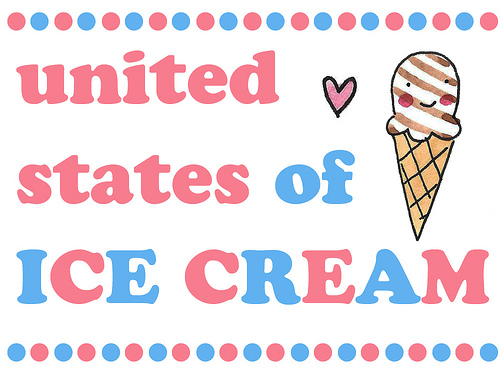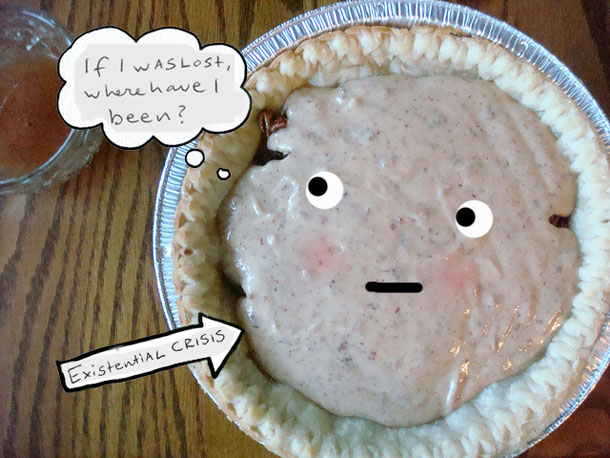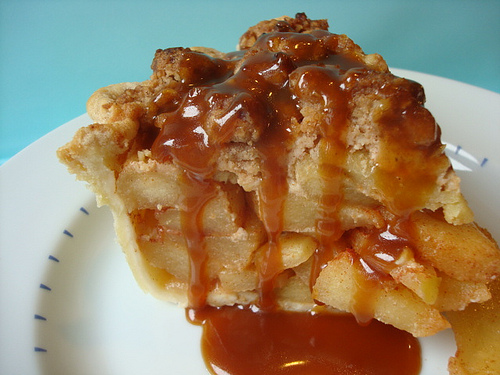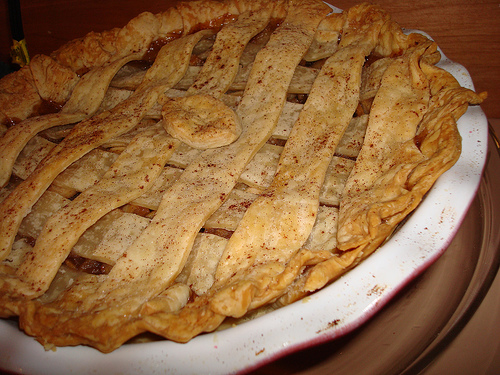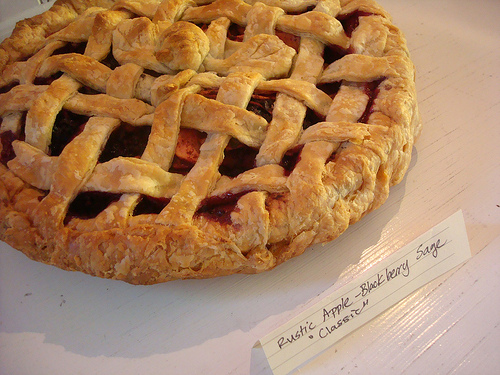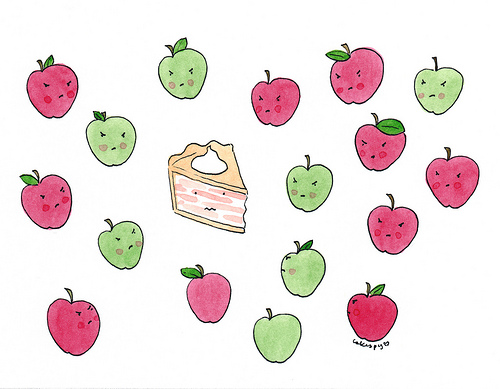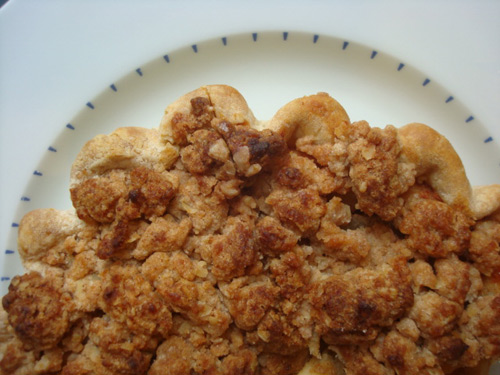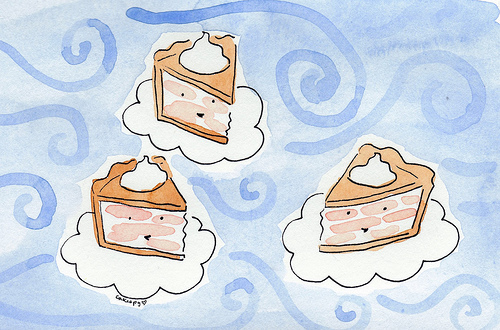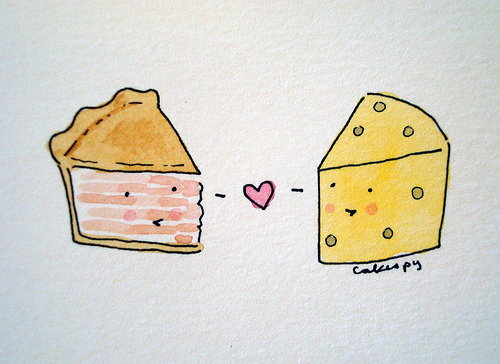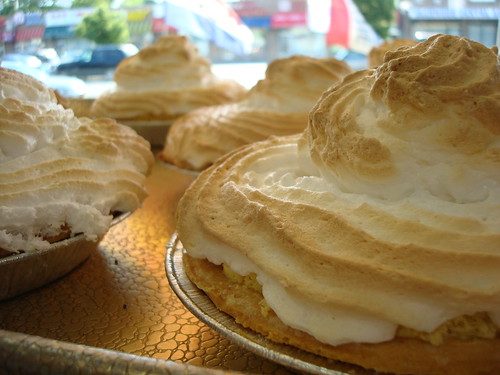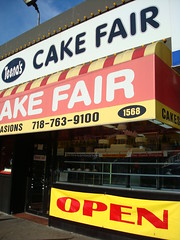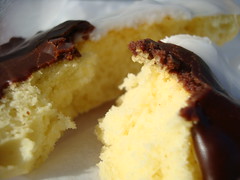What is Pumpkin Pie Spice? Recipe, Lore, and More.
 Saturday, September 13, 2014
Saturday, September 13, 2014 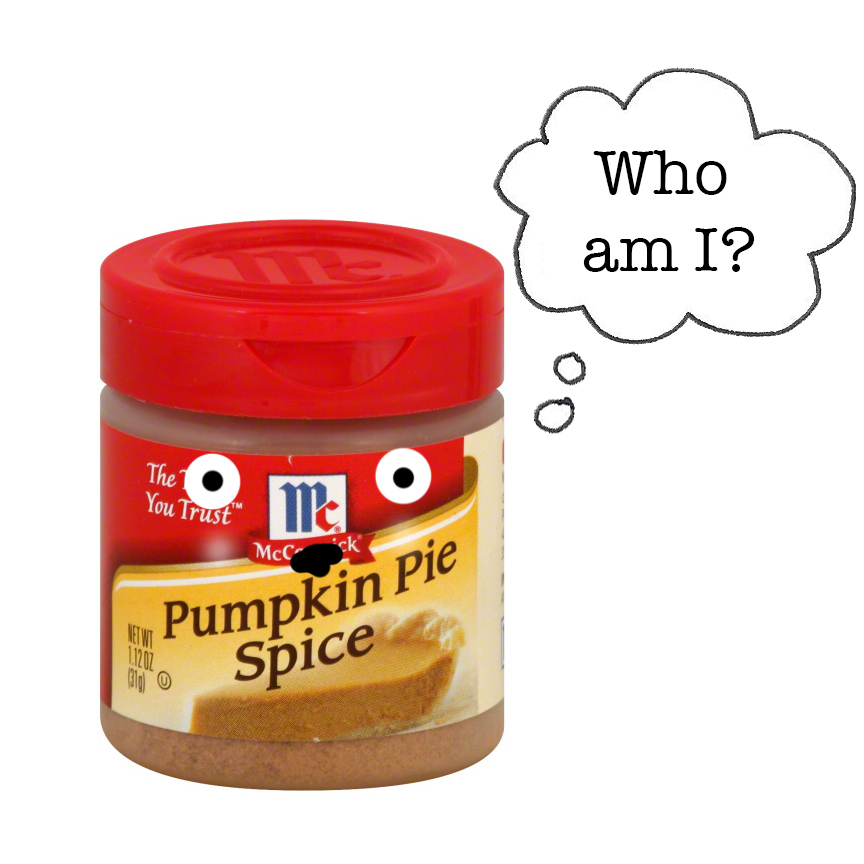
With the season of fall baking upon us, I have one big question before I break out the stand mixer:
What is pumpin pie spice, anyway?
You've definitely tasted it, and you've more than likely seen it listed in the myriad of fall themed recipes that abound at this time of year. Pumpkin pie spice is a melange of spices that instantly evokes the taste of fall: it's the flavor equivalent of driving along a stretch of fiery fall foliage, apple picking at an orchard, the crisp air as you pull a fuzzy sweater over your head.
In a technical sense, it is a mixture of warming spices, typically composed of cinnamon, ginger, nutmeg, cloves, and allspice.
The history of using spices to fancy up pumpkin is nothing new. It dates back to the times of the pilgrim. Pumpkin was a staple crop in the new world, and they were pretty much forced to develop a taste for it. Early on, pumpkin preparation often involved the whole gourd, stuffed with apples, spices, and sugar, and then baked whole. While the shell was eventually discarded, the spices remained a constant, giving a distinct flavor to an otherwise somewhat bland food.
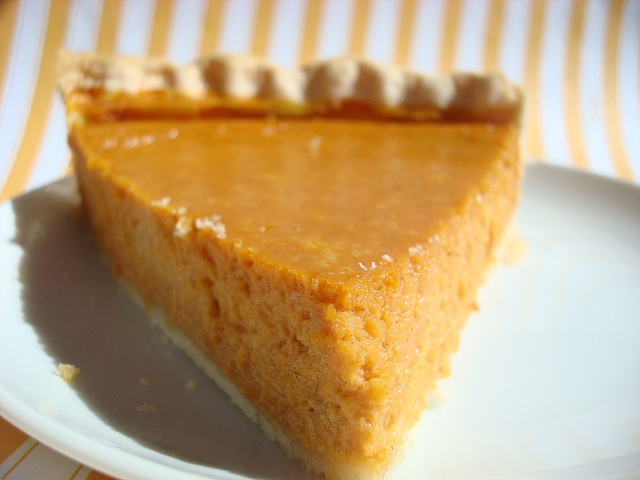
So...why these particular spices? Well, spices were a big deal in the colonies: spice trading was a huge part of commerce in the middle ages and right on through colonial days. Spices were used not only as a taste enhancer, but as a preservative and for food safety--many spices have antimicrobial properties. Here's a brief review of the spices in question, created with much help from this list:
Allspice
Remember columbus's discovery of America, kind of by accident? That was a spice journey, and among the finds in the new world was Allspice. It kind of tastes like a mixture of cloves, cinnamon, and nutmeg.
Nutmeg
Nutmeg was long prized for its healthful qualities. It was also the subject of trickery--at seaports, peddlers would sell small wood carvings made to look like nutmeg pods for a dishonest profit. This is said to be why Connecticut is known as the "Nutmeg State".
Ginger
Hailing from Jamaica, ginger would have been known to settlers: it had come to Europe as early as 1585, and had long been used as part of gingerbread, and renowned for its curative and preservative properties.
Cloves
Cloves were an early West Indies discovery: their smell is so intense they can be detected from a distance. They not only added a delicious scent to food, but could also be used as a natural moth repellent.
Cinnamon
Cinnamon was a valuable spice to colonists: not only did it enhance flavor and add a warming quality to food, but it had a variety of curative properties. Used as a digestive aid, anappetite stimulant, and even a cure for colds, cinnamon was a prized spice
How it came together
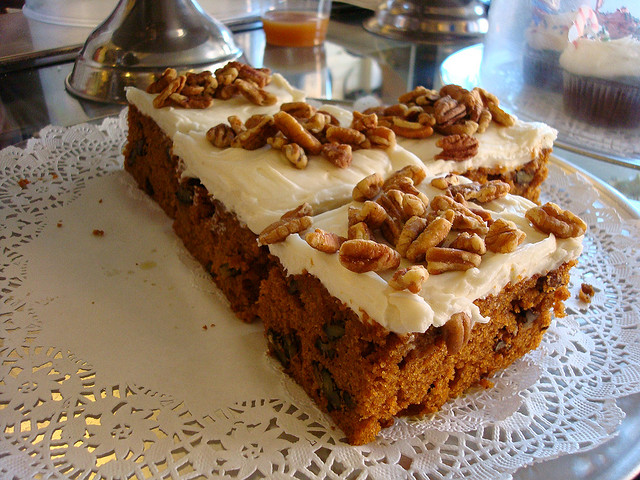
I have not been able to find specific mention of who first had the idea to put these spices together and call it "pumpkin pie spice". But if I may surmise...
It seems in my research that all of these spices were basically in the right place at the right time. They were all being used actively in baking by the time the first spice mill in the US was founded in Boston in 1821. Through this, pre-packaged spices (including mixes) were available as one of the first "convenience foods". (source)
It seems to me that once the spices were being mass produced, the natural next step would be sales and marketing--and I have a hunch that this is where the "pumpkin pie spice" angle might have come into play. The first mention I was able to find of "pumpkin pie spice" listed in print was in this 1916 edition of Baker's Review, a trade publication.
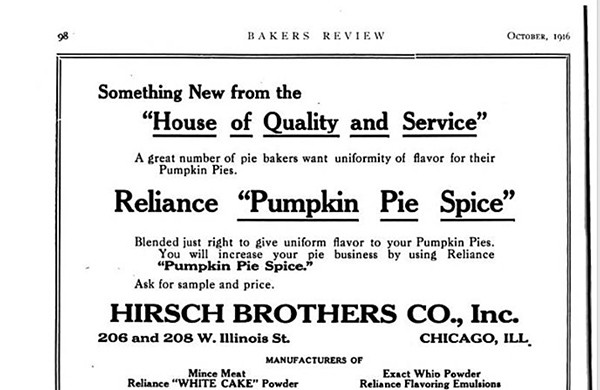
Please, do correct me if I'm wrong here or if you're able to find anything more concrete!
Interestingly, while the components of pumpkin pie spice can be used for a number of other baking projects--spice cookies, cakes, sprinkled atop cappuccinos, or even sifted through a stencil for a cake or cookie decoration, its most famous use, very largely owing to the name, is in pumpkin pie.
With the classic flavor of pumpkin pie (thanks to the spice, of course) in mind, I'll finish with this poem, and then a recipe for pumpkin pie spice that you can make at home.
What moistens the lip and what brightens the eye,
What calls back the past, like the rich Pumpkin pie?
- John Greenleaf Whittier
And OK, here's the recipe.
-----------------------------------------------------------
Pumpkin Spice Recipe
- 1/3 cup ground cinnamon
- 1 1/2 tablespoons ground ginger
- 1 tablespoon ground nutmeg
- 1 1/2 teaspoons ground cloves
- 1 1/2 teaspoons ground allspice
Mix the above together until completely combined, and place in an airtight jar. Use as garnish, as part of recipes calling for pumpkin pie spice, or to sprinkle atop lattes.
 pie history,
pie history,  recipes
recipes 








